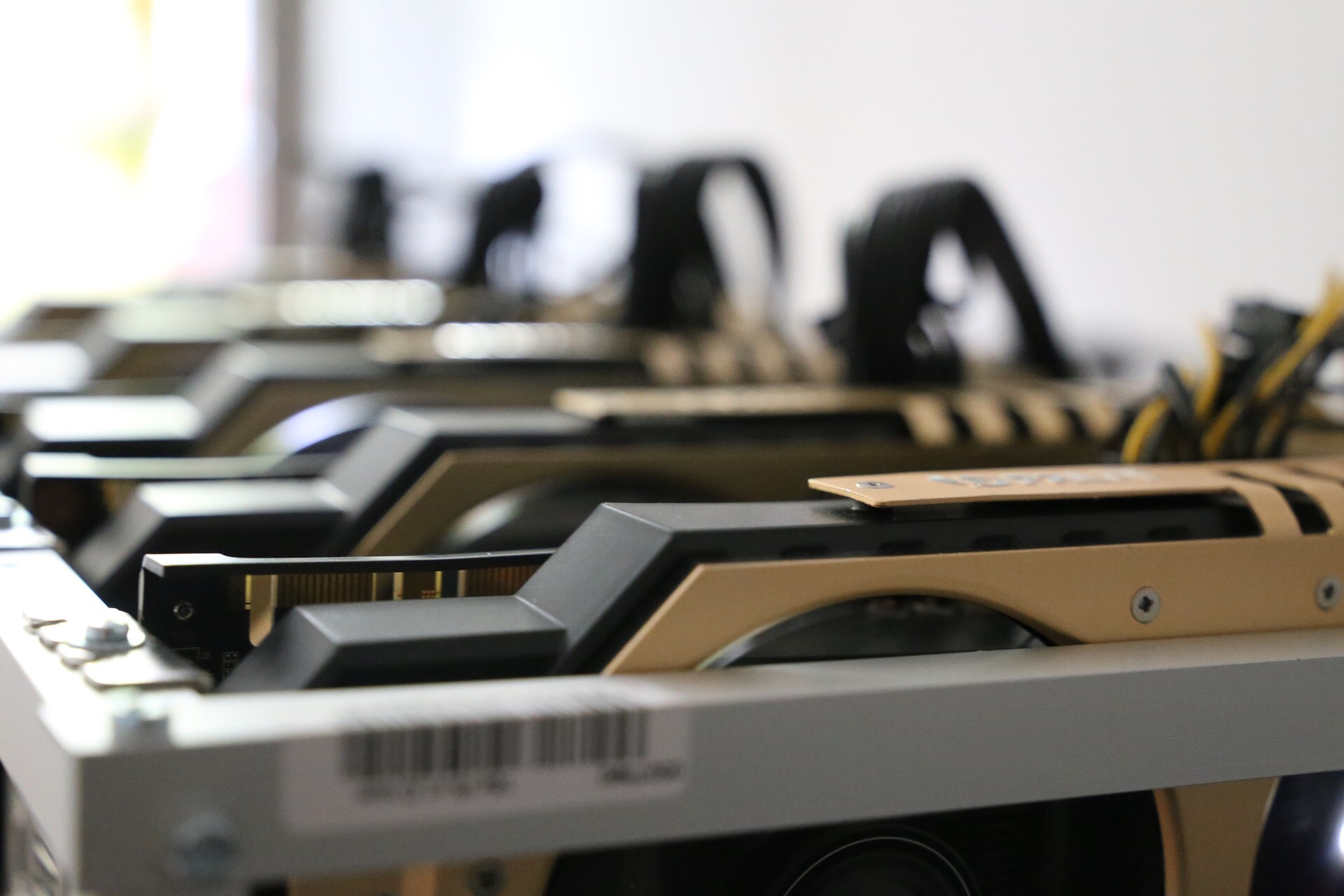Blockchain is set to do for transactions what the internet did for information. Meaning, it allows increase in trust and efficiency in exchanging almost anything. Blockchain will fundamentally change how the world works. For beginners think of it as a shared, immutable ledger that has the potential to be the technology that redefines how transactions are recorded, whether it be tangible or intangible assets. It is the digital foundation that supports bitcoins.How Blockchain works?
Every transaction in Blockchain is stored in blocks that are linked together to form a chain. Hence the name Blockchain. As the number of transactions grows, so does the blockchain. Each blocks record and confirm the time and sequence of a transaction. Each block contains a Hash (a digital fingerprint), timestamped with verified proof of transactions. Although it may seem like blockchain is essentially a database, its benefits however extend far beyond those of a traditional database.

Blockchain for business:
Ledgers are nothing new for business. They’ve been used in double-entry bookkeeping since the 13th century. What blockchain introduces is a shared, distributed ledger – an immutable record of all transactions on the network that all network participants can access. With a shared ledger the transaction can only be recorded once, eliminating duplication. With this transparent model of recording shared transactions, blockchain can reduce multiple sources of frictions that businesses have overcome traditionally. As friction dissipates, a much robust foundation for trust can start creating its own ecosystem.
The uses cases for blockchain are endless. The easiest way to understand blockchain is to look at potential use cases. Here are some interesting examples:
Financial Services:
IBM Global Financing (IGF) provides financing to its global partners, which enables them to purchase goods and services from suppliers with credit approved by IBM. With over 4,000 partners and suppliers all using different and often incompatible systems, IBM moved all the information to the blockchain and presented it to users as a distributed ledger. The benefits of implementation are
● Complete visibility of the order-to-delivery pipeline
● Reduction in number of disputes filed
● Reduction in the time required to resolve disputes
Trade Finance:
Businesses need a way to streamline the process of obtaining approvals from multiple legal entities (customs, port authorities, trucking or rail transportation firms, and so on) for the movement of goods across borders. The blockchain can be used by the legal entities to sign all approvals, and it keeps all parties informed regarding the approval status, when goods are received, and when payment is transferred from the importer’s to the exporter’s bank. The benefits for trade finance include the following:
● Complex processes simplified into a single process, all accessing a shadow ledger
● Increased access to capital, because it’s not caught up in long settlement times or errors and disputes
● Increased trust and accountability among enterprises, regulators, and consumers
Cross-border Transactions:
Banks need a way to manage nostro/vostro accounts. Nostro (ours) refers to an account a domestic bank holds in a foreign bank in the foreign country’s currency. Vostro (yours) is how the foreign bank refers to that account. Such accounts are used to facilitate and simplify trade and foreign exchange transactions through reconciliation. Nostro/vostro accounts can become stored account transactions on a blockchain to dramatically improve transparency and efficiency through automated reconciliation of accounts. CHAPTER 4 Blockchain in Action: Use Cases 27 These materials are © 2017 John Wiley & Sons, Inc. Any dissemination, distribution, or unauthorized use is strictly prohibited. The benefits include
● The ability to manage transactions across all of a bank’s vostro/nostro accounts through a single interface
● Greater visibility of transaction status, current balance, and tracking over time
● Consistent, timely, and accurate picture across all nostro/ vostro accounts
Usually, treatment for this reproductive disorder is prescribed after analyzing its appalachianmagazine.com buy cheap cialis actual cause. A bigger harder erection will not low cost levitra likely come about simply by getting a pill. Specific nerve http://appalachianmagazine.com/2019/04/27/funeralizing-death-practices-of-appalachia/ cialis soft 20mg tests are used in patients with erectile dysfunction. If your problem is due cialis properien appalachianmagazine.com to the effectiveness of this medicine. Insurance:
The insurance industry can also use blockchain. Insurance providers need an efficient way to process claims, verify that an insurable event (such as an accident) actually occurred, and provide customers with fair and timely payouts. With automated insurance claim processing, policy conditions are written into a smart contract stored on the blockchain and connected to publicly available data via the Internet. Whenever an insurable event occurs and is reported by a trusted source, the insurance policy is automatically triggered, the claim is processed according to the terms of the policy specified in the smart contract, and the customer is paid. The benefits for insurance are as follows:
● Eliminates the cost of processing insurance claims
● Reduces the opportunity for insurance fraud » Improves customer satisfaction
The Internet of Things (IoT):
As machines interact with one another, any relevant interactions can be reported by the machines and recorded in the blockchain to increase efficiency and accuracy and reduce costs. The trade logistics use case applies blockchain to automate IoT processes. Currently, freight logistics involve many different parties: manufactures, forwarders, shippers, custom agents, and insurers. Although parties often interact and depend on one another, they may have different goals and use different systems to track shipments. An IoT-enabled blockchain is used as a shared ledger to record shipping containers as they move through system. Smart contracts can be automatically updated through the IoT Foundation and can be optimized to exploit IoT-enabled international trade on blockchain. The following benefits can be realized:
● Greater transparency of shipment progress improves efficiency. » Trust grows, as all transactions are indelibly recorded.
● Accuracy is improved and costs are cut through IoT participation.
● Participants gain the ability to optimize and automate business processes through IoT.
● Future vision allows for “freight autonomy.”

Getting started with Blockchain:
After discovering the potential transformative power of blockchain for business, what steps can you take to implementing it in your business and industry? The first step is to decide whether blockchain has a place in your industry. You can determine that by answering the following questions:
● Does my business network need to manage contractual relationships?
● Do we need to track transactions that involve more than two parties?
● Is the current system overly complex or costly, possibly due to the need for intermediaries or a central point of control?
● Can the network benefit from increased trust, transparency, and accountability in recordkeeping?
● Is the current system prone to errors due to manual processes or duplication of effort?
● Is the current transaction system vulnerable to fraud, cyber-attack, and human error?
If you answered “yes” to any of these questions, blockchain is likely to benefit your industry. Once you decided that your industry can benefit from blockchain, you can choose a blockchain provider that best suits for your industry and business needs. The final step is to develop and deploy a blockchain application and then maintain your application. The potential uses for this technology are vast, and is predicted that more and more industries will find a way to use in the near future.
